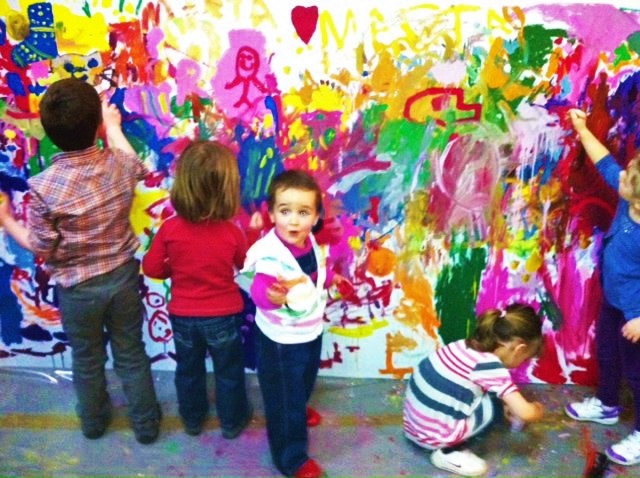
In giving a tangible form to the abstract ideas, emotions, dreams, and desires of their respective communities, artists (often unwittingly) wield a surprising amount of power. Being in a position to define and shape the public consciousness is a privilege that should come with a certain sense of obligation. It is not enough to adhere to principles that help society, such as honesty, inclusiveness and emphasizing our commonalities to strengthen the ties that bind the world at large. Artists must also shoulder the responsibility to use their power in service of their communities.

I first became committed to a life of volunteering in my early teens as an active member of the Scout Association. During those years, in addition to discovering the positive benefits of helping others in whichever way I could, I learned a variety of practical skills for coordinating community service projects.


At age sixteen, I designed and carried out the first of many larger scale community service projects which I have undertaken – setting up a city-wide donation drive for a food bank for underprivileged families that resulted in several truckloads of donated food. In the course of that project, I learned an important fact: almost everyone you meet is ready to help others, and they are often just waiting for someone or something to give them the initiative.

Since then, I have always kept an eye out for opportunities to organize and carry out community service projects, sometimes in collaboration with other individuals, groups and organizations, and at other times working alone. Given that you accomplish more when you have more assistance, I tend to promote volunteer projects in the media whenever I get the chance – in the hopes that it will inspire others to start their own initiatives and as a recruiting tactic for ongoing projects.

I do not have a special preference for any type of community service project – the best act of kindness you can do is… whichever one you are able to do at any given moment. In any case, success is most assured when you can bring as many of your strengths to bear as possible, so art and creativity often play a role in the projects where I am involved.

I am convinced that art is a force for healing – and I do not mean that in any mystical sense. Creating art relieves stress by turning our attention to productive endeavors, and sets us on the path to a healthier life. One of the best examples that comes to mind was shared by a participant in a workshop I facilitated in honor of International Tolerance Day at the Museum of Contemporary Art, Zagreb.

A Syrian Civil War refugee described her horror at finding her home bombed to ruins: “Even the tiles from my kitchen were scattered and broken. I was so hurt and angry because of the whole situation, I started breaking the tiles into smaller and smaller pieces. But I saved them, and later I made them into a mosaic. Making beautiful art from materials that originated in something so painful helped me to start feeling better.” At the conclusion of the workshop, her companion (also a displaced person) acknowledged his gratefulness for the atmosphere of calm and acceptance he had found there: “This is the first time I have felt normal in a long time.”

Likewise, the simple act of viewing artworks and immersing yourself in other worlds can serve as a welcome distraction from difficulties and grief. Understanding this is among the motivations behind my ongoing volunteer mural projects in the Dubrovnik General Hospital Palliative Care ward, as well as the DGH Psychiatric Clinic, the DGH Child and Youth Polyclinic for Mental Health Protection, and the Zagreb Child and Youth Protection Center.
Gallery of paintings and murals donated to hospitals and clinics over the course of recent years.
If you are interested in collaborating on a community service project, or if you have any suggestions as to a worthy initiative, please feel free to contact me using the form below.











